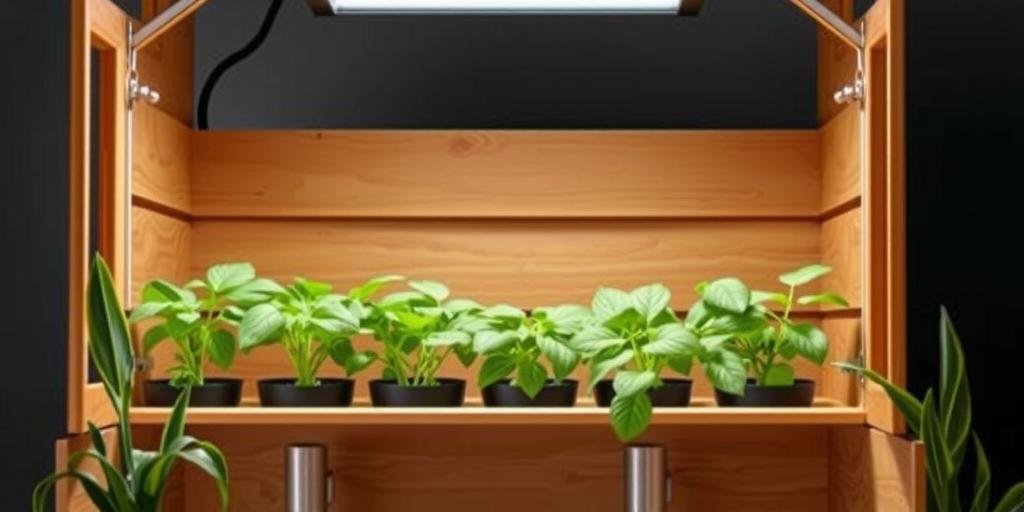Growing plants indoors requires a controlled environment, and a grow cabinet is an excellent solution for hobbyists and professionals alike. Whether you’re cultivating herbs, vegetables, or flowers, a well-built grow cabinet provides optimal conditions for year-round growth. This guide walks you through the process of constructing your own DIY grow cabinet.
Why Build a Grow Cabinet?
A grow cabinet offers several advantages:
- Space efficiency – Ideal for apartments or small homes
- Controlled environment – Manage light, humidity, and temperature
- Privacy and discretion – Keep your plants secure and out of sight
- Cost-effective – Cheaper than commercial grow tents in many cases
Materials Needed to Build a Grow Cabinet
Before starting, gather these essential materials:
| Material | Purpose |
|---|---|
| Wooden cabinet or storage unit | Base structure for the grow space |
| Reflective material (Mylar or white paint) | Maximizes light efficiency |
| LED or CFL grow lights | Provides necessary light spectrum for plant growth |
| Ventilation system (fans, ducting) | Regulates temperature and humidity |
| Thermometer & hygrometer | Monitors environmental conditions |
Step-by-Step Building Process
Step 1: Choose the Right Cabinet
Select a sturdy wooden or metal cabinet with enough space for your plants. Common choices include:
- IKEA cabinets (e.g., FABRIKÖR, BRIMNES)
- Repurposed storage units
- Custom-built wooden frames
Step 2: Line the Interior with Reflective Material
To maximize light efficiency, cover the inside walls with Mylar sheeting or use flat white paint. This reflects light back onto the plants.
Step 3: Install Lighting
Choose an appropriate grow light based on plant needs:
- LED grow lights – Energy-efficient, low heat
- CFL bulbs – Budget-friendly for small setups
Mount the lights securely and set a timer to maintain a consistent light cycle.
Step 4: Set Up Ventilation
Proper airflow prevents mold and overheating:
- Install intake and exhaust fans
- Use carbon filters if odor control is needed
Step 5: Monitor and Adjust Conditions
Use a thermometer and hygrometer to track temperature and humidity. Adjust fans or humidifiers as needed.
Maintenance Tips for Your Grow Cabinet
- Clean regularly to prevent pests and mold
- Check light distances to avoid burning plants
- Replace filters if using a carbon scrubber
Grow Cabinet FAQ
What size cabinet should I use?
A cabinet between 2×2 feet and 4×4 feet is ideal for most home growers. Larger cabinets allow for more plants but require stronger lighting and ventilation.
How much does it cost to build a grow cabinet?
Depending on materials, a DIY grow cabinet can cost between $100-$500. Pre-made cabinets or advanced lighting will increase the price.
Can I use a grow cabinet for hydroponics?
Yes! Many growers use hydroponic systems inside cabinets for efficient nutrient delivery.
How do I control odor in a grow cabinet?
Use a carbon filter with an exhaust fan to minimize smells. Air purifiers can also help.

